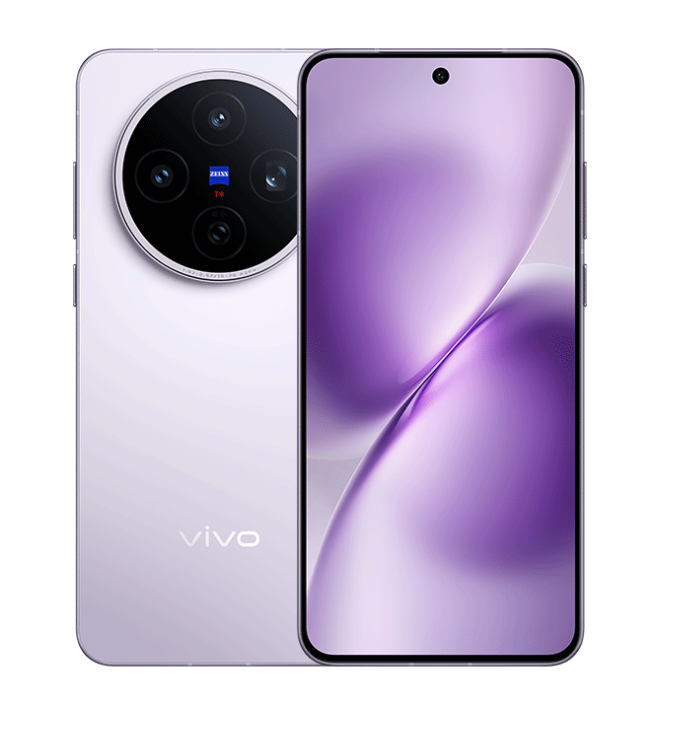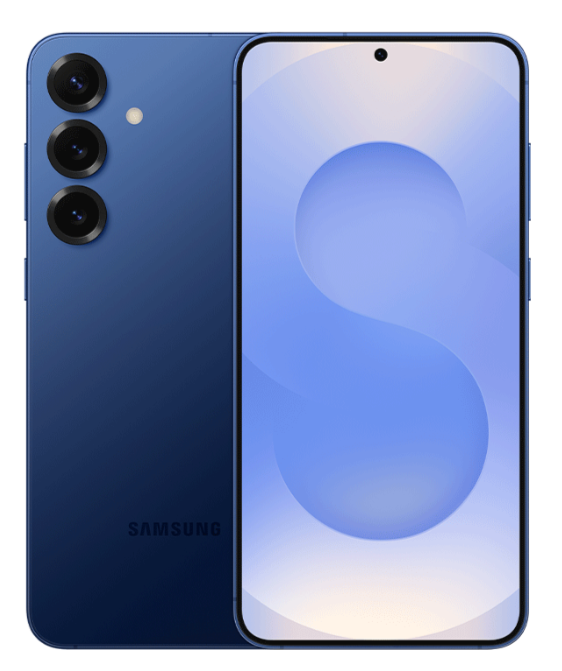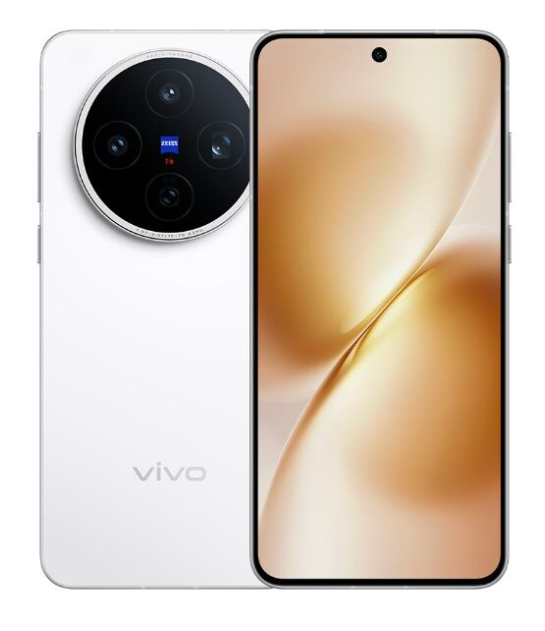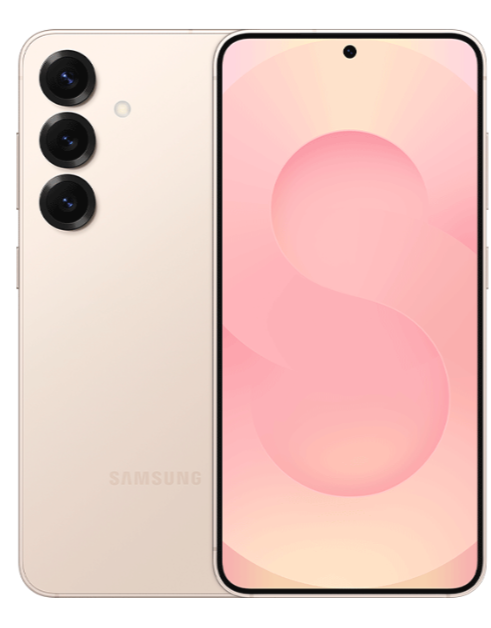
Vivo X200s and Samsung Galaxy S25+ are top-tier flagships built for users who want the best in performance, camera technology, and long-lasting software support. This comparison is worth exploring because it pits Vivo’s bold, hardware-focused innovation against Samsung’s polished and feature-rich ecosystem. With both phones leading the Android space in 2025, knowing where each one excels helps buyers choose between cutting-edge power and a well-rounded, premium experience.
Design and Display

Build and Feel:
Vivo X200s uses a premium body with IP68/IP69 certification, making it highly resistant to dust and even high-pressure water. Its flat glass finish and symmetrical build feel durable and elegant. Meanwhile, the Galaxy S25+ pairs Gorilla Glass Victus 2 on both sides with an Armor Aluminum 2 frame, offering a stronger resistance to drops and scratches. It also includes an IP68 rating and UWB support, enhancing device connectivity in high-end ecosystems. The S25+ feels more refined in terms of grip and durability, especially with its reinforced build.
Verdict:
Galaxy S25+ edges ahead in durability due to its use of stronger glass, enhanced frame, and inclusion of UWB support.
Display Quality:
Vivo X200s delivers a 6.67-inch AMOLED panel with 1B colors, HDR10+, HDR Vivid, and a peak brightness of 5000 nits, exceptional for extreme sunlight visibility. The S25+ counters with a slightly larger 6.7-inch LTPO AMOLED 2X display, QHD+ resolution, HDR10+, and 2600 nits peak brightness. Although Vivo wins in brightness, Samsung offers better resolution (QHD+ vs. 1.5K), an always-on display, and smoother adaptive refresh handling thanks to LTPO.
Verdict:
Samsung Galaxy S25+ wins with sharper resolution and advanced LTPO tech, despite Vivo’s superior brightness.
Specifications

Performance:
Vivo X200s runs on the Dimensity 9400+ (3nm), using a cutting-edge Cortex-X925 prime core and Immortalis-G925 GPU. The Galaxy S25+ features the Snapdragon 8 Elite, also 3nm, with dual Oryon V2 cores reaching 4.47 GHz and an Adreno 830 GPU. While both chipsets are high-end, the Snapdragon 8 Elite outpaces in raw performance and sustained efficiency, especially in gaming and multitasking. Samsung also benefits from 7 years of software updates, versus 4 years for Vivo.
Verdict:
Galaxy S25+ leads in performance due to better-sustained speeds, GPU capability, and longer software support.
Battery and Charging:
Vivo X200s houses a massive 6200 mAh silicon-carbon battery with 90W wired and 40W wireless charging. In contrast, the Galaxy S25+ carries a smaller 4900 mAh battery with 45W wired and 15W wireless. Vivo offers longer endurance and faster charging in both modes, ideal for power users. Samsung counters with reverse wireless at 4.5W and PD3.0 support, but it still lags in capacity and speed.
Verdict:
Vivo X200s takes the battery crown with a much larger cell and quicker charging across the board.
Camera

Main and Secondary Lenses:
Vivo X200s offers a triple 50 MP setup including a periscope 3x telephoto and ultrawide, all tuned with Zeiss optics and T* lens coating. Samsung S25+ features a 50 MP main lens with Dual Pixel PDAF and OIS, a 10 MP 3x telephoto, and a 12 MP ultrawide with Super Steady video. Vivo’s camera hardware is superior in sensor quality and Zeiss processing, though Samsung adds 8K video and better color science for most users.
Verdict:
Vivo X200s is more hardware-rich and suited for enthusiasts, while Samsung delivers better video tools and ease of use, but Vivo wins overall for photography depth.
Selfie Camera:
Vivo includes a 32 MP ultrawide selfie camera with 4K video support, ideal for wide group shots and vlogging. Samsung settles for a 12 MP wide lens with dual pixel PDAF and HDR10+ video. Despite Samsung’s better color grading and video recording quality, Vivo offers higher resolution and a more versatile field of view.
Verdict:
Vivo X200s wins in selfie hardware with a higher resolution and wider lens, though Samsung’s video output is slightly more polished.
Pricing
Vivo X200s starts at approximately $650, while the Galaxy S25+ is priced at around $1000. Vivo offers more RAM/storage options (up to 1TB and 16GB RAM), higher battery capacity, and Zeiss camera integration at a significantly lower cost. Samsung’s price premium covers longer software support, QHD+ display, and flagship ecosystem perks like Samsung DeX and UWB.
Verdict:
Vivo X200s delivers greater hardware value for the money. Galaxy S25+ justifies its premium with ecosystem benefits and extended support but remains less cost-efficient.
Conclusion

Vivo X200s brings innovation through its silicon-carbon 6200 mAh battery, Zeiss-powered triple 50 MP cameras, 5000-nit display brightness, and strong telephoto performance at a midrange flagship price. Samsung Galaxy S25+ offers the unique benefit of 7 years of updates, Samsung DeX, UWB, 8K video, and flagship build quality. Both phones have ultrasonic fingerprint sensors, stereo audio, and high-end connectivity features, but Samsung integrates them into a more polished software environment.
Verdict:
Choose the Vivo X200s for better hardware, battery life, and photography value under $700. Go for the Galaxy S25+ if long-term support, QHD+ display, and a rich ecosystem matter more than battery or camera specs.
Read More:
- Vivo X200s vs OnePlus 13: Which One Packs More Power?
- iPhone 16 vs. Xiaomi 14: Which is the Better Buy?
- Comparing Xiaomi 15 vs Xiaomi 15 Pro: Which is better?
The post Vivo X200s vs Galaxy S25+: Which Flagship Wins? appeared first on Gizmochina.








